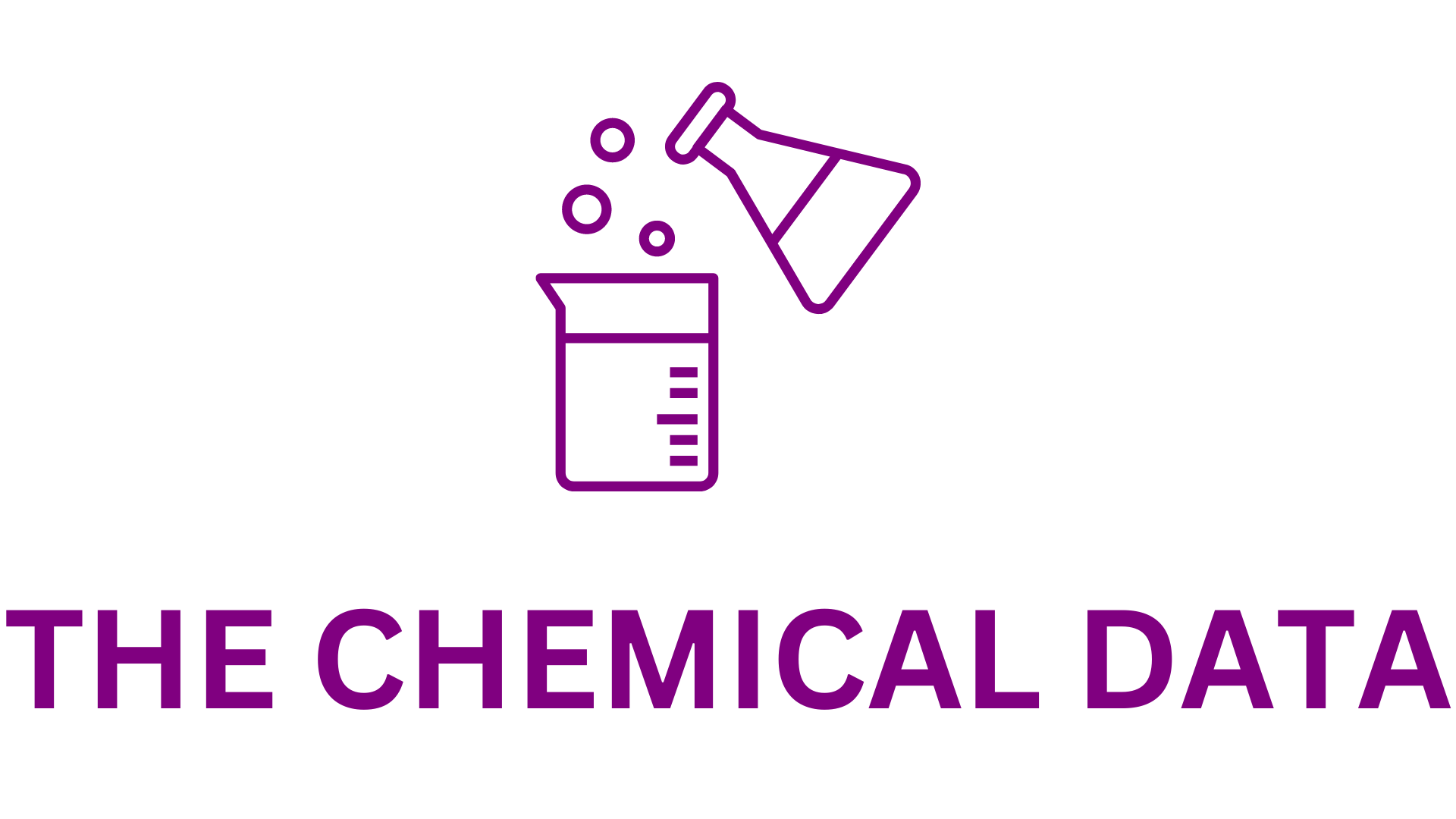
Elinzanetant Demonstrates Significant Reduction in Hot Flashes for Breast Cancer Patients Undergoing Endocrine Therapy: Results from Phase III OASIS-4 Trial
In a major advancement for women experiencing treatment-induced menopausal symptoms, detailed findings from the international Phase III OASIS-4 clinical study reveal that the investigational compound elinzanetant significantly reduced the frequency and severity of moderate to severe vasomotor symptoms (VMS), commonly referred to as hot flashes, in women receiving endocrine therapy for hormone receptor-positive (HR+) breast cancer. This double-blind, placebo-controlled study, presented at the 2024 American Society of Clinical Oncology (ASCO) Annual Meeting and published simultaneously in The New England Journal of Medicine, marks a pivotal milestone in the search for effective, non-hormonal therapies to address quality-of-life issues associated with breast cancer treatment.
Study Design and Primary Findings
The OASIS-4 study evaluated the efficacy and safety of elinzanetant—a first-in-class, non-hormonal dual neurokinin-1 (NK1) and neurokinin-3 (NK3) receptor antagonist—in reducing vasomotor symptoms in women either undergoing or having completed endocrine therapy for the treatment or prevention of HR+ breast cancer. These symptoms are a well-documented side effect of endocrine therapy, which includes medications such as tamoxifen or aromatase inhibitors.
Results from the study demonstrated a statistically significant reduction in the weekly frequency of VMS at both 4 weeks and 12 weeks of treatment compared to placebo. At week 4, the average reduction in VMS frequency was −6.5 episodes per week (95% confidence interval [CI], −7.2 to −5.8) for participants treated with elinzanetant, compared to −3.0 episodes (95% CI, −3.9 to −2.2) in the placebo group. The least squares (LS) mean difference between groups was −3.5 (95% CI, −4.4 to −2.6; p<0.001), confirming a robust treatment effect.
By week 12, this improvement was sustained and slightly enhanced. The elinzanetant group reported a reduction of −7.8 (95% CI, −8.5 to −7.1) compared to −4.2 (95% CI, −5.2 to −3.2) for placebo, with an LS mean difference of −3.4 (95% CI, −4.2 to −2.5; p<0.001). These improvements began as early as week 1 and continued throughout the 12-week assessment period, highlighting elinzanetant’s fast onset of action.
Improvements in Secondary Endpoints: Sleep and Quality of Life
In addition to its primary outcomes, OASIS-4 evaluated several secondary endpoints that further underscore the clinical benefits of elinzanetant. One such measure was the PROMIS Sleep Disturbance Short Form 8b (PROMIS SD SF 8b), a validated patient-reported tool for assessing sleep quality. The average improvement from baseline to week 12 in the elinzanetant group was −10.6 points (95% CI, −11.5 to −9.6), compared to −4.1 points (95% CI, −5.3 to −2.9) in the placebo group. The LS mean difference between the groups was −6.1 points (95% CI, −7.5 to −4.8; p<0.001), indicating that participants experienced significantly better sleep while on the study drug.
The study also examined the impact of treatment on menopause-specific quality of life using the MENQOL (Menopause-Specific Quality of Life Questionnaire). The total MENQOL score declined by −1.3 points (95% CI, −1.4 to −1.2) in the elinzanetant group, versus −0.5 points (95% CI, −0.7 to −0.3) in the placebo arm, yielding a statistically significant LS mean difference of −0.7 points (95% CI, −0.9 to −0.5; p<0.001). This demonstrates a meaningful improvement in patients’ daily lives and overall well-being.
Safety and Tolerability Profile
Elinzanetant was generally well-tolerated over the 52-week treatment period, with a safety profile consistent with previously published studies on its use in postmenopausal women. The most commonly reported treatment-emergent adverse events (TEAEs) in the elinzanetant group included fatigue, somnolence (drowsiness), and diarrhea. No new safety signals were identified, and discontinuation rates due to adverse events were low.
A Call to Action: Addressing an Unmet Medical Need
“Menopausal symptoms are frequent side effects of endocrine therapy for breast cancer, often leading to discontinuation,” said Dr. Fatima Cardoso, Principal Investigator of the OASIS-4 trial, from Lisbon, Portugal. “With no currently approved treatments for this indication, there is an unmet medical need for therapeutic options.”
Indeed, endocrine therapy, while lifesaving, can lead to debilitating side effects, including hot flashes, night sweats, mood changes, joint pain, and fatigue. These symptoms can lead to poor adherence, potentially increasing the risk of cancer recurrence. Thus, finding a way to manage these side effects without interfering with the effectiveness of cancer treatment is a critical goal in oncology care.
The Broader Context: Breast Cancer and Endocrine Therapy
Breast cancer remains the most commonly diagnosed cancer among women worldwide, with 2.3 million new cases reported in 2020 alone. Roughly 70% of these tumors are hormone receptor-positive (HR+), making them responsive to endocrine therapy. Current treatment guidelines recommend adjuvant endocrine therapy for up to 10 years following surgery or chemotherapy to reduce recurrence risk and improve survival outcomes.
However, the benefits of endocrine therapy come with significant drawbacks. Vasomotor symptoms are among the most commonly reported side effects and can significantly impair daily functioning and long-term treatment adherence. For women at high risk of developing breast cancer, endocrine therapy is also used as a preventive measure, but the side effects similarly hinder patient compliance.
Dr. Christian Rommel, a member of the Executive Committee of Bayer’s Pharmaceuticals Division and Global Head of Research and Development, emphasized this issue: “The results from OASIS-4 represent a potential advancement in addressing a need for women undergoing breast cancer treatment. Vasomotor symptoms associated with endocrine therapy can impact patients’ quality of life and may impact their ability to adhere to other treatments.”
A Novel Therapeutic Mechanism
Elinzanetant represents a unique, hormone-free approach to managing VMS. Unlike traditional hormone replacement therapies, which are contraindicated in women with a history of hormone-sensitive cancers, elinzanetant works by antagonizing neurokinin-1 and neurokinin-3 receptors—key players in the hypothalamic thermoregulatory pathway believed to be involved in hot flashes. This novel mechanism allows it to target the underlying cause of VMS without introducing hormones, making it particularly suitable for patients with HR+ breast cancer.
Building on a Robust Clinical Program
The findings from OASIS-4 build on previous studies in the OASIS clinical program. Earlier Phase III trials, including OASIS-1 and OASIS-2, demonstrated similar efficacy in healthy postmenopausal women with VMS. These results were published in the Journal of the American Medical Association (JAMA) in August 2024. Additional long-term data from the OASIS-3 study, presented at The Menopause Society (TMS) annual meeting in September 2024, further support the safety and durability of elinzanetant’s effects over one year of use.
Regulatory
Encouraged by these results, Bayer has initiated marketing authorization submissions for elinzanetant in the United States, European Union, and other global markets. If approved, elinzanetant could become the first non-hormonal treatment specifically indicated for VMS associated with endocrine therapy in women with HR+ breast cancer—a significant therapeutic advance.







